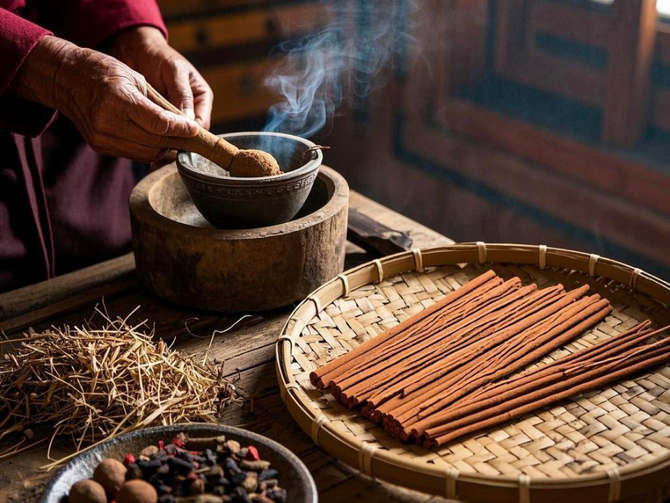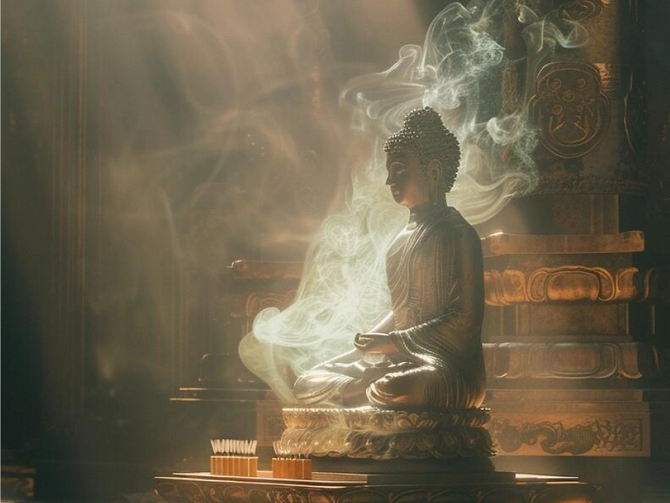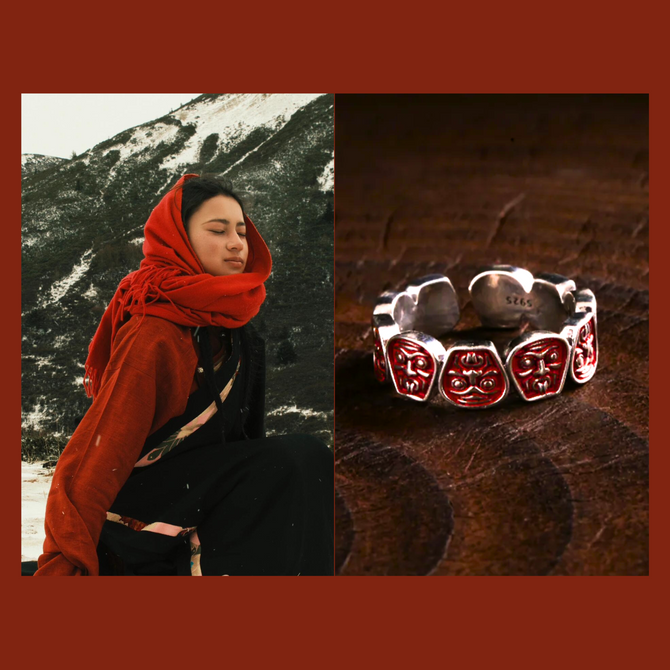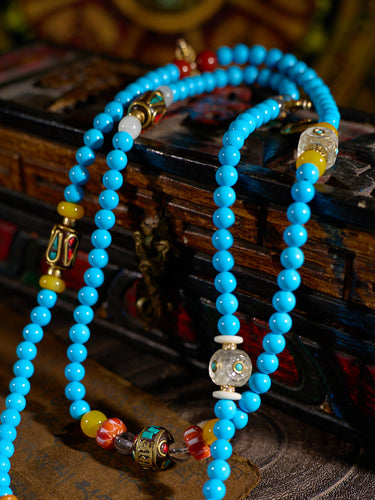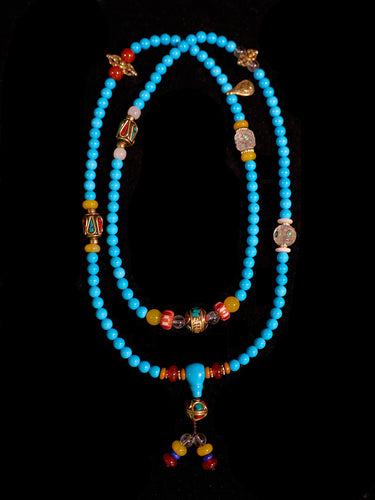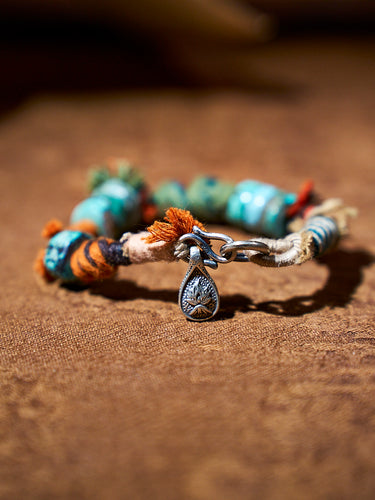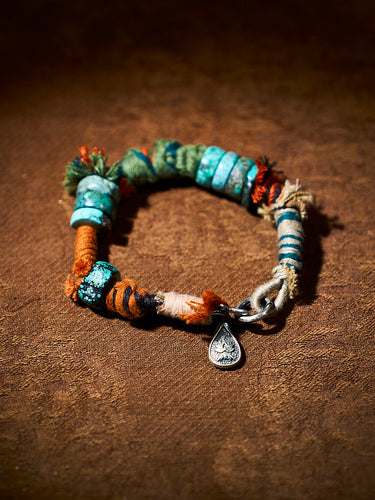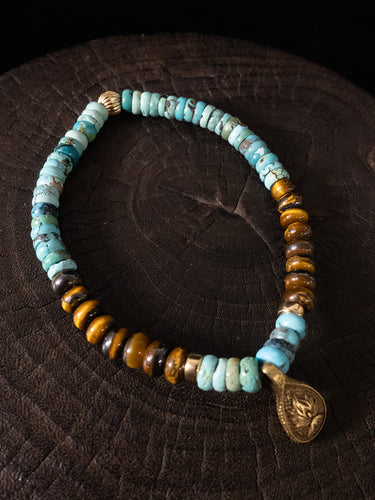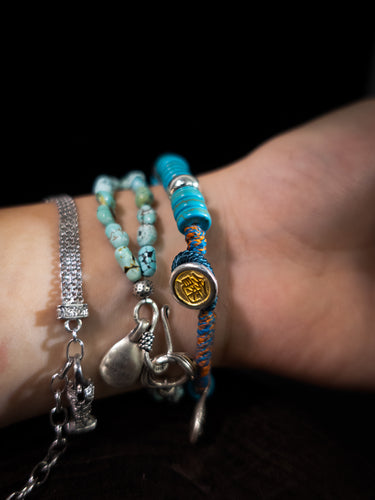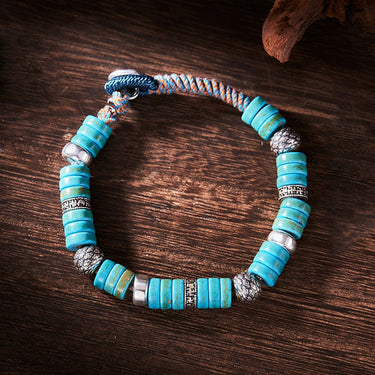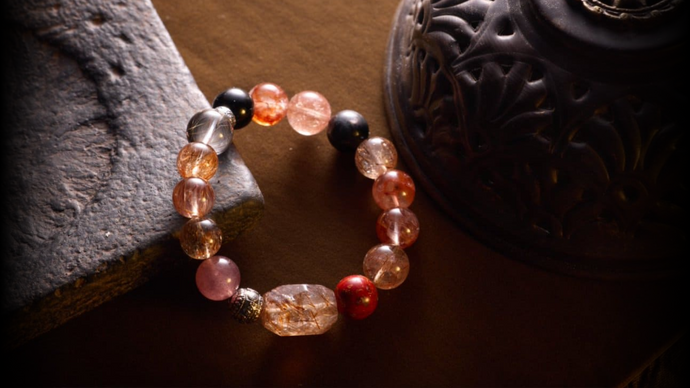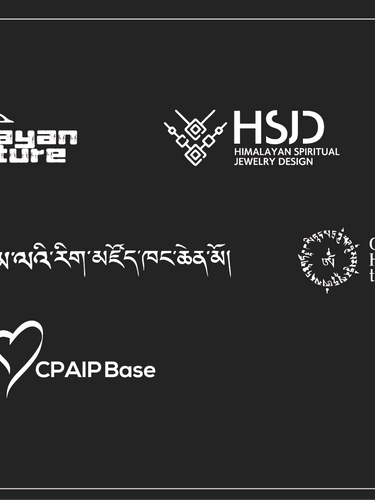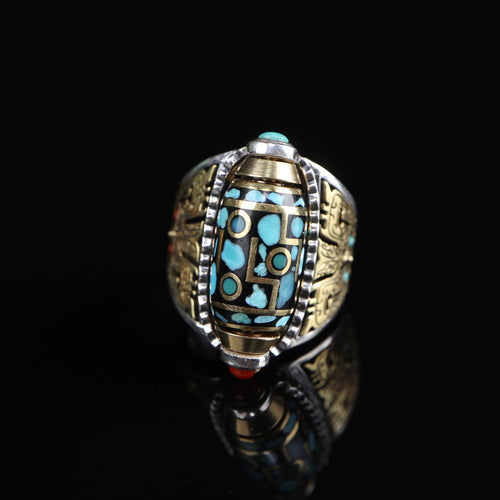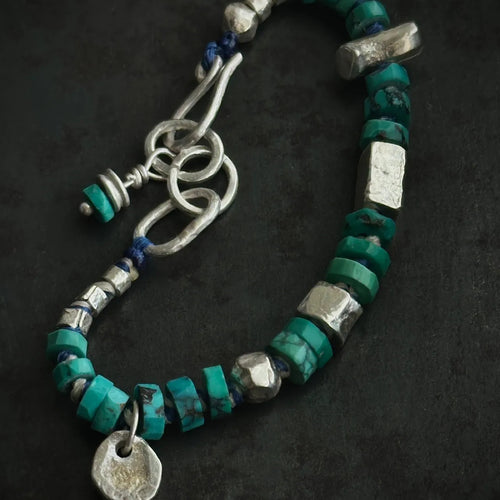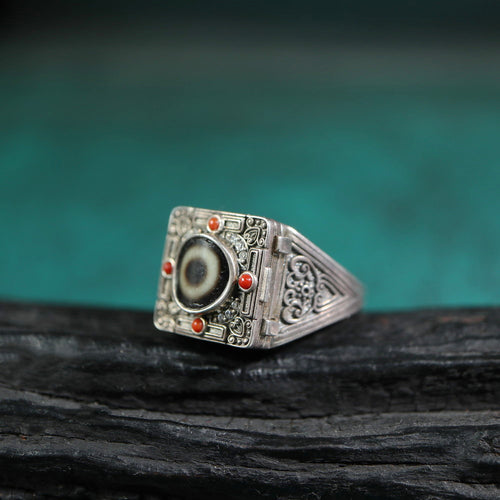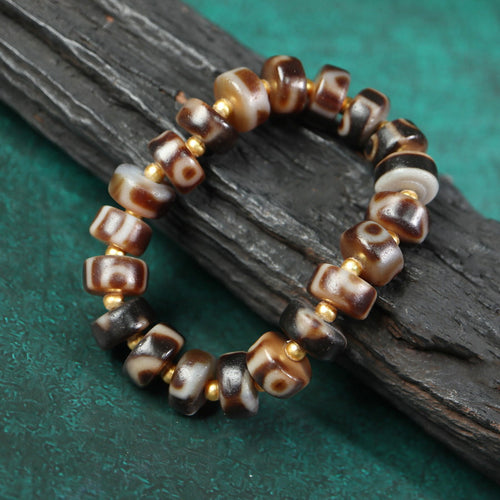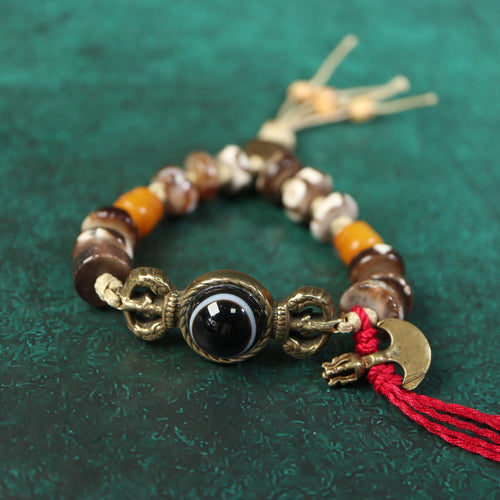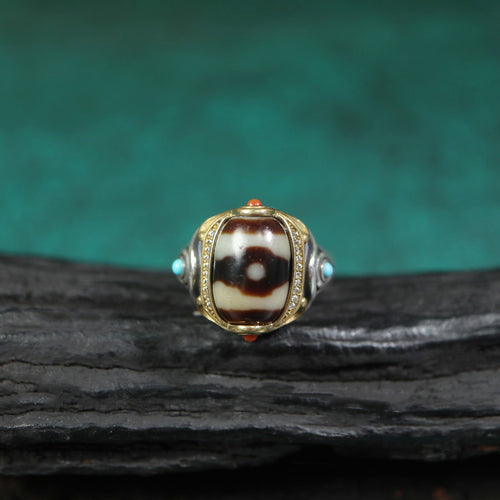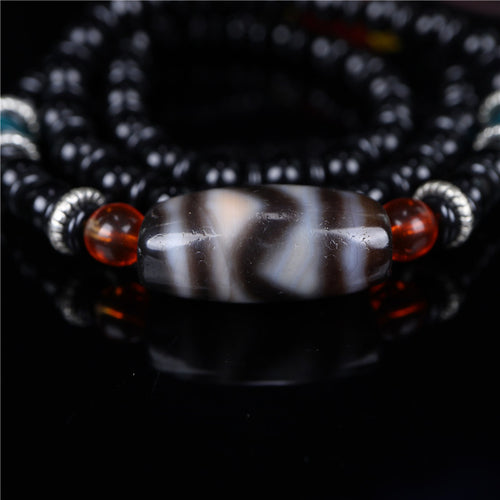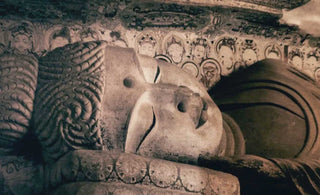
Oriental Aesthetics are committed to preserving and promoting the cultural heritage of the East, and today we delve into the fascinating world of Yungang Buddha statue motifs. Join us as we explore the profound symbolism and historical significance behind these magnificent works of art.
The Yungang Grottoes, located in Shanxi Province, China, are renowned for their exquisite Buddhist statues carved into the sandstone cliffs. These statues are not only remarkable for their artistic beauty but also for the intricate motifs that adorn them, each carrying profound symbolic meaning. Let us delve into the rich symbolism behind these motifs and uncover the historical connections they hold.
The Lotus Flower: Symbol of Enlightenment and Purity
One of the most prevalent motifs found on Yungang Buddha statues is the lotus flower, known as "padma" in Sanskrit. The lotus holds deep significance in Buddhism, symbolizing purity, enlightenment, and spiritual growth. Like the lotus that emerges from muddy waters, the enlightened soul transcends the impurities of the world and blossoms into a state of purity and wisdom. The unfolding petals of the lotus represent the gradual realization of one's spiritual potential and the attainment of enlightenment.
In the context of Yungang Buddha statues, the lotus flower motif is beautifully depicted either as a standalone element or as a throne on which the Buddha sits. This representation emphasizes the transformative power of the lotus, as it serves as a metaphor for the journey from ignorance to wisdom, from darkness to enlightenment. The intricate carvings and delicate details of the lotus petals further enhance the symbolic significance of this motif, capturing the awe-inspiring beauty of spiritual awakening.
The Dharma Wheel: Symbol of Buddhist Teachings
Another prominent motif adorning Yungang Buddha statues is the Dharma wheel, or "dharmachakra" in Sanskrit. This symbol represents the teachings of the Buddha and the path to liberation from suffering. The wheel's eight spokes symbolize the Noble Eightfold Path, encompassing right view, intention, speech, action, livelihood, effort, mindfulness, and concentration. The Dharma wheel serves as a powerful reminder of the importance of following the Buddha's teachings to achieve spiritual awakening and liberation.
The Dharma wheel motif found on Yungang Buddha statues often features intricate carvings and meticulous details, showcasing the craftsmanship and artistic skill of the ancient artisans. The presence of the Dharma wheel not only adds visual appeal to the statues but also serves as a constant reminder of the path to enlightenment and the importance of living in accordance with the Buddha's teachings.
The Bodhi Tree: Symbol of Enlightenment
The Bodhi tree, the sacred fig tree under which the Buddha attained enlightenment, is another significant motif found on Yungang Buddha statues. This tree represents the very place where the Buddha achieved spiritual awakening and serves as a reminder of the potential for enlightenment within all beings. The depiction of the Bodhi tree on the statues visually represents the transformative power of the Buddha's teachings and the possibility of attaining liberation from the cycle of birth and death.
The Bodhi tree motif is often intricately carved, with delicate branches and leaves extending gracefully around the Buddha figure. The presence of this motif evokes a sense of serenity and tranquility, inviting viewers to contemplate the profound teachings of the Buddha and strive for their own spiritual awakening. The intricate details of the Bodhi tree motifs in Yungang Buddha statues showcase the remarkable craftsmanship and dedication of the artists who brought these statues to life.
The Dharmachakra Mudra: Symbol of Teaching
The Dharmachakra mudra, a commonly seen hand gesture on Yungang Buddha statues, symbolizes the Buddha's first sermon in which he taught the Four Noble Truths and the Eightfold Path. The gesture involves touching the tips of the thumb and index finger to form a circle, representing the turning of the wheel of Dharma and the continuous transmission of Buddhist teachings. The Dharmachakra mudra serves as a reminder of the importance of sharing wisdom and compassion through teaching, guiding practitioners on the path to liberation.
The Dharmachakra mudra motif on Yungang Buddha statues showcases the significance of the Buddha's teachings in guiding individuals towards enlightenment. The hand gesture, often depicted with great attention to detail, conveys a sense of authority and wisdom, inspiring viewers to learn from the teachings of the Buddha. The presence of this mudra on the statues not only highlights the role of the Buddha as a compassionate teacher but also emphasizes the importance of passing on these teachings to future generations.
The Three Jewels: Symbolof Refuge
Depicted frequently on Yungang Buddha statues, the Three Jewels, or Triple Gem, hold immense significance in Buddhism. The Three Jewels refer to the Buddha (the enlightened one), the Dharma (the teachings), and the Sangha (the community of practitioners). They form the foundation of Buddhist practice and provide refuge for those seeking spiritual guidance and liberation. Together, they offer solace and support to individuals navigating the path of awakening. The depiction of the Three Jewels on Yungang Buddha statues serves as a reminder of the interconnectedness of these elements within Buddhism. The Buddha figure represents the enlightened teacher, the Dharma wheel symbolizes the teachings, and the Sangha signifies the spiritual community. The presence of these motifs on the statues invites viewers to take refuge in the Three Jewels, finding solace, support, and guidance along their own spiritual journey.
The Yungang Buddha statues stand as magnificent testaments to the rich history and spiritual depth of Buddhism. The motifs adorning these statues, such as the lotus flower, Dharma wheel, Bodhi tree, Dharmachakra mudra, and the Three Jewels, carry profound symbolism that resonates with seekers of enlightenment and spiritual growth. At Oriental Aesthetics, we invite you to delve into the fascinating world of Yungang Buddha statue motifs, where you can explore the intricate symbolism and historical connections embedded within these remarkable works of art. With our systematic, high-quality professional services, we aim to provide a platform for artists, collectors, and enthusiasts to engage with classical oriental art and deepen their understanding of its cultural significance.


